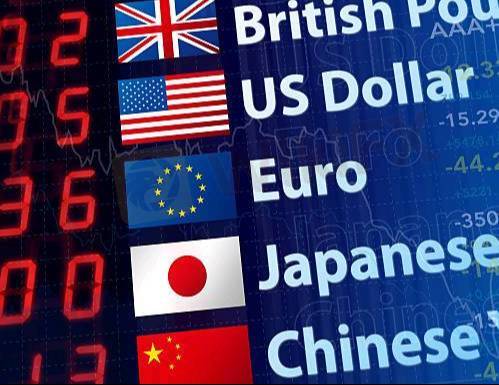
2025-01-31 20:00
業內Big Data in Forex Trading
Big Data in Forex trading refers to the use of large volumes of market data, economic indicators, news, social sentiment, and other relevant information to make more informed trading decisions. By analyzing vast datasets, traders can uncover patterns, trends, and correlations that would be difficult to identify manually.
Key aspects of Big Data in Forex trading include:
1. Real-Time Data: Access to real-time price data, news feeds, and economic releases to make timely trading decisions.
2. Sentiment Analysis: Analyzing social media, news, and financial reports to gauge market sentiment and predict potential market movements.
3. Machine Learning: Leveraging algorithms and AI to analyze historical data and predict future price movements, optimizing trading strategies.
4. Data-Driven Decision Making: Using large datasets to refine trading strategies, improve risk management, and identify high-probability opportunities.
5. Backtesting: Running simulations on historical data to test trading strategies and optimize parameters before applying them in live markets.
In Forex enhances decision-making, reduces human error, and allows for more precise, data-driven trading strategies. However, it requires significant computational resources and expertise to manage and interpret effectively.
#firstdealofthenewyearFateema
贊 0

FX1289820445
交易者
熱門討論
業內
哎,现在明白不赌就是赢啊
行情分析
美元/加元技术面
技術指標
外汇技术分析之波浪理论
業內
[活動]論交易,贏取200元話費補貼
技術指標
EZ.Fury Kite是基于趋势指标MA进行判断
技術指標
指标派是什么?
市集分類

平臺

展會

代理商

招聘

EA

業內

行情

指標
Big Data in Forex Trading
 尼日利亞 | 2025-01-31 20:00
尼日利亞 | 2025-01-31 20:00Big Data in Forex trading refers to the use of large volumes of market data, economic indicators, news, social sentiment, and other relevant information to make more informed trading decisions. By analyzing vast datasets, traders can uncover patterns, trends, and correlations that would be difficult to identify manually.
Key aspects of Big Data in Forex trading include:
1. Real-Time Data: Access to real-time price data, news feeds, and economic releases to make timely trading decisions.
2. Sentiment Analysis: Analyzing social media, news, and financial reports to gauge market sentiment and predict potential market movements.
3. Machine Learning: Leveraging algorithms and AI to analyze historical data and predict future price movements, optimizing trading strategies.
4. Data-Driven Decision Making: Using large datasets to refine trading strategies, improve risk management, and identify high-probability opportunities.
5. Backtesting: Running simulations on historical data to test trading strategies and optimize parameters before applying them in live markets.
In Forex enhances decision-making, reduces human error, and allows for more precise, data-driven trading strategies. However, it requires significant computational resources and expertise to manage and interpret effectively.
#firstdealofthenewyearFateema
贊 0
我也要評論
提問
0條評論

還沒人評論,趕緊搶佔沙發

提問
還沒人評論,趕緊搶佔沙發